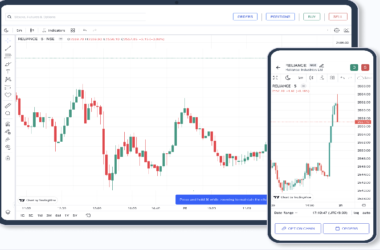As an earning member of the family, you would understand the importance of sound financial planning to ensure that you have a steady income at different stages of life, especially after you hang your boots. Several avenues help you create a corpus for the future and get a regular income to enjoy a happy post-retirement life. Among the myriad choices, two of the most popular ones are NPS (National Pension System) and Annuity plans.
If you are confused about which is the better option and where to invest your hard-earned money, you must first understand the difference between NPS and an annuity plan to make an informed decision.
What is NPS?
NPS or National Pension System is a government-backed voluntary contribution pension scheme. You invest a small amount periodically to the NPS account throughout the working years and create a corpus for future use. In NPS, the amount you contribute to the account is invested in different money market instruments like equity funds, hybrid funds, debt funds, stocks, government bonds, etc., as your risk-taking capacity to generate returns.
The professional fund managers manage your investment and make investment decisions backed by data insights to ensure that you get valuable returns. Upon maturity or when you reach the retirement age, you can withdraw 60% of the accumulated funds in a lump sum and use the balance amount to get a regular pension.
What is an annuity plan?
An annuity plan helps you get a regular pension after investing a lump sum amount. Under the annuity schemes, the insurance company invests your money in different asset classes and pays back the returns generated. Many investors prefer buying an annuity plan as it allows them to build a large corpus.
Now that you know what NPS and annuity plans are, let us understand the difference.
Minimum contribution
The minimum amount you must contribute in a financial year to keep your NPS account active is ₹1000. If you want to contribute more to your account in the same year, your subsequent contributions must be at least ₹500.
The minimum contribution amount to purchase an annuity plan is ₹25,000. There is no upper limit on the maximum contribution; you can buy a large annuity plan depending on the minimum monthly pension you want to get.
Mode of investment
In NPS, you can invest up to 75% of your contribution amount in equity-related investment instruments. This means you can expect to get valuable returns in the long run. On the other hand, annuity plans do not offer any pure equity funds.
Penalty
If you fail to make the minimum contribution in a financial year, the NPS account will be closed. However, you can re-activate the amount by paying a nominal penalty and the minimum contribution amount.
In the case of annuity plans, your policy will lapse if you fail to pay the premium on time or within the grace period. You can revive the policy after paying the balance premium amount.
Maturity
After the NPS account matures, i.e., when you reach the retirement age, you can withdraw 60% of the accumulated corpus in your NPS account in a lump sum. You can use the balance 40% to purchase an annuity and draw a pension every month.
Annuity plans allow you to get the entire corpus in a lump sum after retirement, or you can partially withdraw the corpus and use the rest to get a regular pension.
Final Word
Both NPS and annuity plans have their pros and cons. What you choose depends on your personal preference. So, assess your needs and goals and invest in an NPS or annuity plan accordingly.






